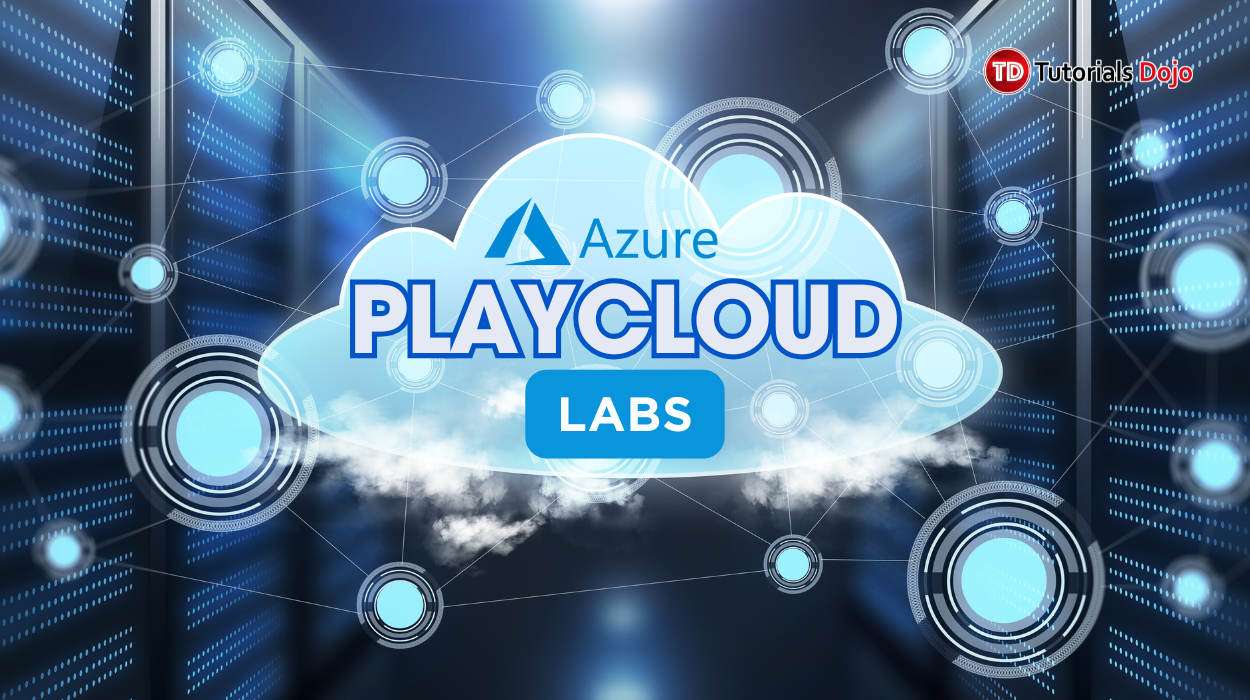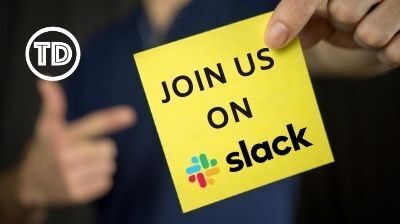Downtime can be a major disruption for any website, but for lightweight websites like personal blogs or any type of static site, a simple restart of the instance might be all that’s needed to resolve the issue. In this article, we’ll walk through setting up a self-healing mechanism using AWS Lambda and Amazon EventBridge. This will automatically detect if your website is down, restart it, and send a notification to Slack. We’ll also explore how Amazon CloudWatch can be used as a trigger for the Lambda function via a subscription filter and discuss some common causes of downtime or 5xx errors.
Why Self-Healing?
The internet can sometimes be unpredictable, leading to website downtime that can affect your visitors’ experience. Websites may go down for several reasons, including server overload, resource depletion, or network issues. A self-healing mechanism can automatically detect when your website is unreachable and take corrective actions, such as rebooting the instance without any manual intervention. This process helps minimize downtime and ensures that your website remains accessible to visitors, providing a more reliable and seamless user experience.
Amazon Lightsail is a user-friendly service that provides virtual private servers (instances) with a predictable pricing model, making it an ideal choice for lightweight websites like personal blogs or any type of static site. Although Lightsail instances are usually reliable, there may be situations where an instance needs to be restarted to recover from temporary issues. By utilizing AWS Lambda and EventBridge, we can establish an automated self-healing mechanism to monitor and restart Lightsail instances based on specific conditions. This setup not only simplifies management but also enhances the overall stability of your website.
Note: This solution can also be implemented with Amazon EC2 instances. By making minor adjustments to the Lambda function and permissions, you can achieve similar self-healing capabilities for EC2 instances, providing flexibility in your cloud infrastructure management.
Causes of Downtime
Common causes of downtime or 5xx errors include:
-
Server Overload: Too many requests can overwhelm the server.
-
Resource Depletion: Insufficient memory, CPU, or disk space.
-
Configuration Errors: Incorrect server or application settings.
-
Network Issues: Problems with network connectivity or DNS.
-
Application Bugs: Errors in the code or dependencies.
Benefits of a Self-Healing Mechanism
-
Minimized Downtime: Automatic recovery actions reduce downtime duration.
-
Reduced Manual Intervention: Automation eliminates the need for constant monitoring.
-
Improved User Experience: Ensures the website remains accessible and functional.
Setup Overview
In this example, we’ll be using:
-
AWS Lambda: To run the self-healing script.
-
Amazon EventBridge: To trigger the Lambda function.
-
Amazon Lightsail: For hosting the website (this can be substituted with Amazon EC2 if desired).
-
Slack: To receive notifications.
Here’s a brief overview of the process:
-
Lambda Function: This function checks if the website is reachable. If not, it reboots the Lightsail instance and sends a notification to Slack.
-
EventBridge Rule: This rule triggers the Lambda function at regular intervals (e.g., every 5 minutes).
-
CloudWatch (Optional): CloudWatch can also be used to trigger the Lambda function based on specific metrics or logs.
Step-by-Step Guide
1. Create the Lambda Function
Here’s a sample Lambda function to implement the self-healing mechanism. Feel free to modify this code based on your requirements:
This Lambda function checks the availability of a website, restarts the Amazon Lightsail instance if the website is down, and sends a notification to Slack.
2. Configure Lambda Permissions
To allow the Lambda function to restart the Lightsail instance, you need to configure the necessary permissions. Here’s the required IAM policy:
{
"Version": "2012-10-17",
"Statement": [
{
"Sid": "VisualEditor0",
"Effect": "Allow",
"Action": [
"lightsail:GetInstanceAccessDetails",
"lightsail:GetInstances",
"lightsail:RebootInstance",
"lightsail:GetInstance",
"lightsail:GetInstanceState"
],
"Resource": "*"
}
]
}
Attach this policy to the Lambda execution role to grant the necessary permissions.
3. Create the EventBridge Rule
To create an EventBridge rule that triggers the Lambda function:
-
Go to the Amazon EventBridge console.
-
Click Create rule.
-
Define a name and description for the rule.
-
Set the Event source to EventBridge schedule.
-
Specify the schedule (e.g., every 5 minutes).
-
Add a target and select the Lambda function created above.
4. (Optional) CloudWatch as a Trigger
For more real-time solution, you can also use Amazon CloudWatch to trigger the Lambda function based on specific metrics or logs. For example, create a CloudWatch alarm that monitors HTTP status codes and triggers the Lambda function if a 5xx or any status code error is detected. This requires pushing access logs to CloudWatch using the CloudWatch Agent and creating a subscription filter to check if the site is unreachable.
Subscription Filter in CloudWatch
CloudWatch allows us to create subscription filters to monitor logs and trigger actions based on specific patterns. For example, you can use a filter pattern to detect 5xx status codes in access logs:
[ip, identity, user, timestamp, request, statusCode=5*, size, userAgent]
This pattern matches log entries with status codes indicating server errors. Using this filter, you can trigger a Lambda function to take corrective actions, such as restarting the instance or sending notifications.
Expected Output:
If your site is reachable:
If your site is unreachable:
That’s it! By implementing a self-healing mechanism with AWS Lambda, EventBridge, and optionally CloudWatch, you can automate the detection and resolution of downtime issues for your website. This will help ensure that your website remains available and reliable for visitors. Happy coding!




















